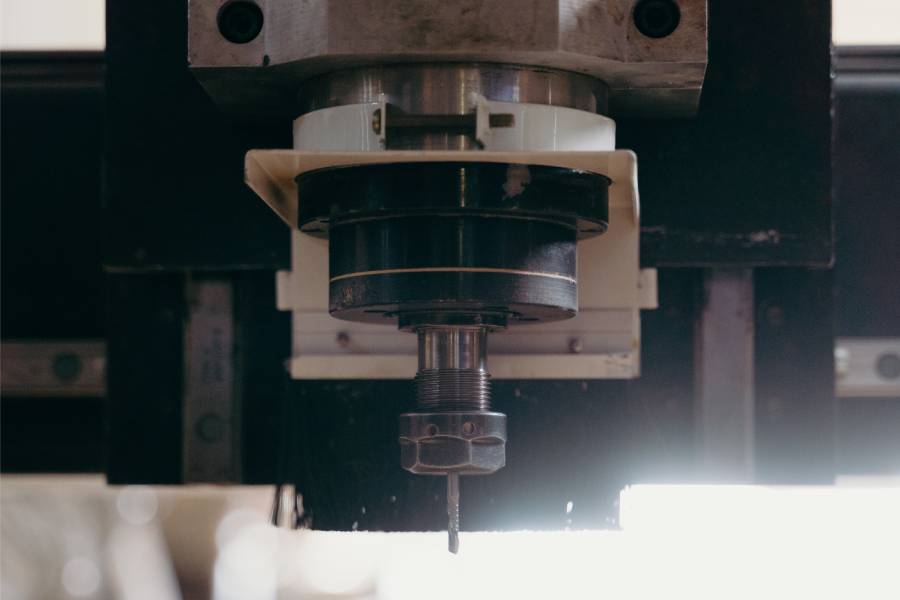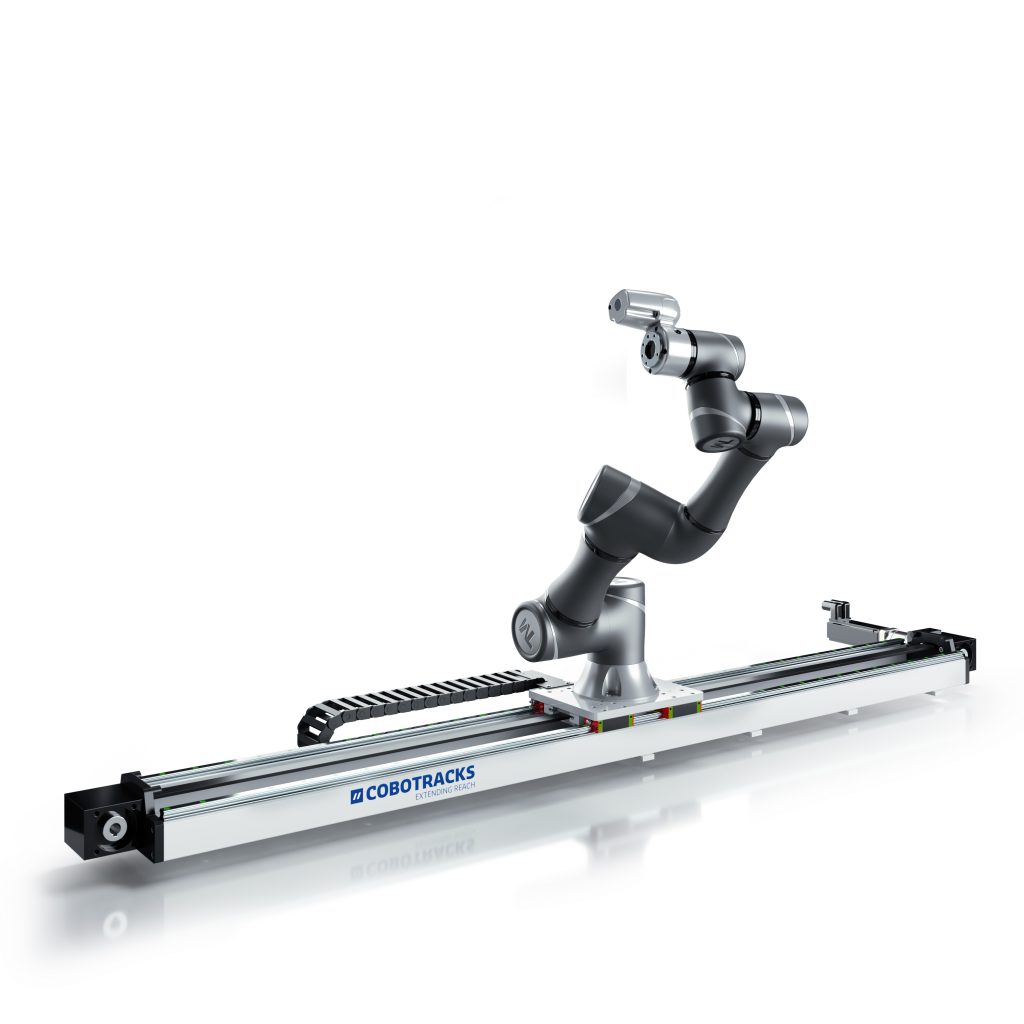Cobots Have Come a Long Way
The manufacturing industry has been utilizing collaborative robots, or cobots, for more than a decade since the inception of this form of robotic technology.
Cobots had begun as laboratory experiments, tested out by global leaders and innovators in the manufacturing industry, and are now implemented in a wide range of industry processes. From assembly lines to dispensing, finishing, material handling, quality control, and more. Truly, cobots have developed into efficient tools that have propelled manufacturing companies towards success.
That being said, a huge lot of small and medium-sized manufacturing companies aren’t equipped with the right knowledge on automation and engineering, which makes cobots a possible alternative for growth. For various reasons, such as labor shortages, volatile markets, and high levels of competition, these companies can opt to implement cobots into their manufacturing processes to even the playing field.
Getting Started with Cobots
Relative to the niche of a manufacturing company, cobots can be integrated into specific processes. So, for decision-makers to understand where these collaborative robots can be most effective, they will have to observe, analyze, and contextualize the way operations are carried out and executed.
Ultimately, discovering the intricacies of the entire process will reveal the ideal scenarios for cobot automation.
Determine Where and How Your Business Can Benefit from Cobots
By asking these questions, a decision-maker will eventually gain more insightful information, and when combined with data, fully discover and comprehend the opportunities for growth and improvement through the use of cobots in manufacturing:
Which tasks take up the most time?
When there are delays in the process and workers are left waiting for predecessor tasks to get completed, then there is something wrong, because this results in wasted hours. And lost time is a resource that translates to lost revenue.
Discover where the lag is and evaluate if cobots can hasten the completion of these tasks.
Are there any repetitive tasks that are too simple for your staff?
In the manufacturing industry, it can’t be avoided that there are certain tasks executed by human workers that eventually become overtly repetitive or deemed too simple, which can lead to employee dissatisfaction.
From packing products into boxes, to simply monitoring machines and equipment operate, or transporting the parts from one assembly line to another, and even screwing parts together—these tasks can easily be automated and passed on to a cobot.
Free up bandwidth from your staff and allow them to work on more complex jobs.
Is there any opportunity for work specialization?
Most production lines in a manufacturing plant are structured in a linear sequence, such as food manufacturing or automotive assembly. And assigning workers to execute these steps in assembly can lead to stunted employee growth and development.
Collaborative robot arms and grippers can take these tasks and execute these steps with much more precision and reliability, which leaves your workers with opportunities for specialization that will give them more control over quality production.
Which departments or teams are not performing?
By observing a worker’s body language and digging deeper into the quality of their work, a decision-maker can discover how their staff’s tasks contribute to employee dissatisfaction, which can lead to poor performance.
From frustration, to boredom, and even nonchalant indifference, there is wastage in worker potential when they are not performing up to standard. Leverage the opportunity to give these workers value-adding jobs that can contribute to the entire manufacturing process and boost overall team morale.
Allow cobots to take over the tasks that prove either too challenging or too dull and dreary.
Do any manufacturing processes require finger dexterity?
Cobots can be fitted with a wide range of extensions, from grippers to vacuum suction cups, to execute a variety of applications. Human workers, meanwhile, have five fingers on each hand that can execute more complicated tasks that require finger dexterity.
That being said, how costly will it be to implement cobot automation? Will the quality of production suffer with automated cobot integration? Or are these processes better left with human workers?
Observe, Analyze, Evaluate the Workplace
In wrapping up, it is no coincidence that cobot automation in the manufacturing industry has helped many a company flourish and grow. By increasing productivity, improving quality of goods and services, and lowering costs to manufacture, cobots can truly add value to a business through more efficient processes. However, is your business ready for it?
As a decision-maker or business owner, it helps to visit your production floor and observe how your staff members execute their jobs. This enables you to make an educated evaluation when it comes to cobot integration in the workplace.
Acknowledge how things are being done and discover which parts of your manufacturing operations can largely benefit from automated cobot-integrated systems.
Interested to learn more? Visit our blogs or send us a message today.


